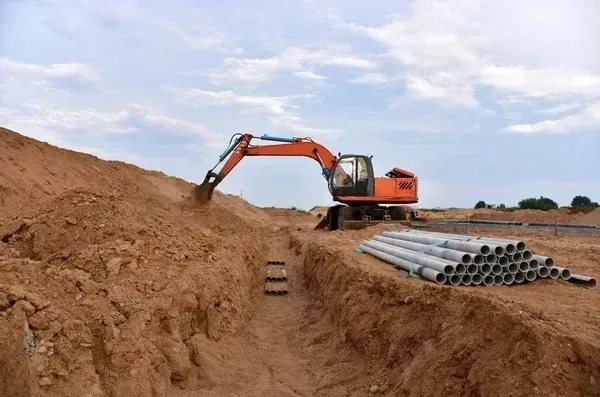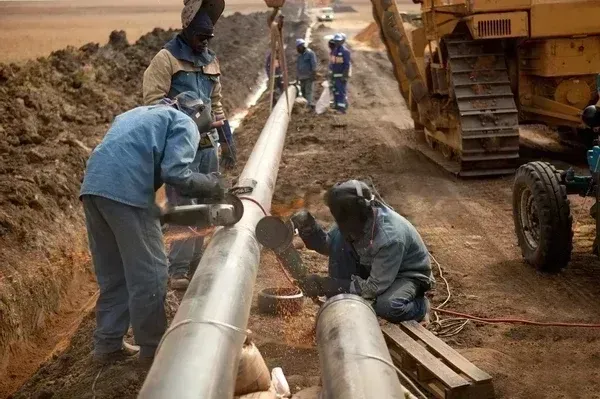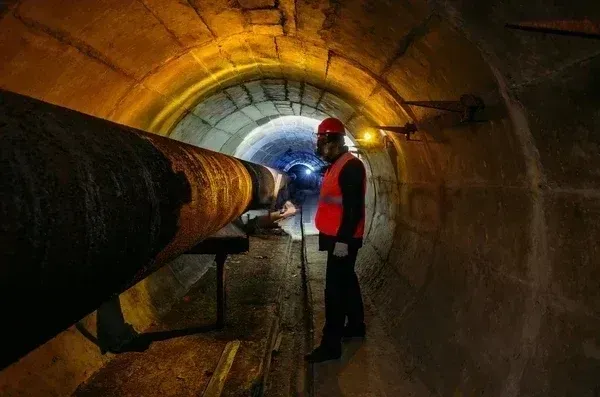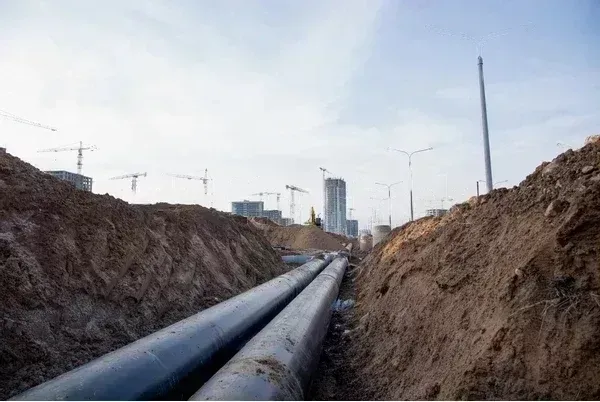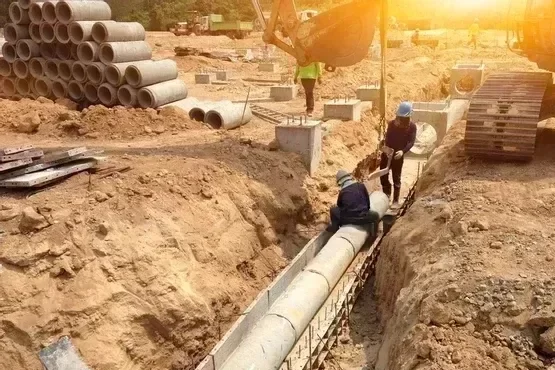Sewage facilities
A nation’s economic growth is largely dependent on its sewer system. For wastewater drainage, sewers are necessary. To have an efficient sewage system, the sewers need to be designed correctly, and finding the invert levels needs to be done with great care, or else the entire design could go wrong. The sewer system’s design. Because more than 50 diseases are spread by sewage. Sewers are made to drain wastewater from homes, businesses, streets, runoff, and other sources. This is done to protect people and the environment from serious diseases. Therefore, the sewers ought to be designed appropriately, and the sewage ought to be treated appropriately before entering the river.
To flush the system, you need a lot of water. Depending on how much water is needed, you can get it from a deep lake or a flowing river at any time, day or night. Three-phase motors with hundreds of horsepower must be connected to a large pump to transport the sewage to the sewage lagoon. In the event of a backup, multiple sewage trucks are required to empty the system and transport it to the lagoon.
Using a pressurized system that has also proven to be effective, you can also have multiple sewage stations working together along the way. However, houses along that path require their pumps and motors for this pressure-sensitive system to function optimally. In addition to manholes anchored in the ground where houses connect to the mains on each of the various streets, pipes of six and ten inches carry the sewage there. It can be a large system and take years to implement all of it, but breaking it down into smaller pieces can save a lot of time and effort. After that, you need cameras to check it to make sure there are no holes that could let the gavel in and block the system. For instance, when hospitals use the wrong detergent, it can have a disastrous effect Once this is discovered, in some towns, new pipes must be installed along that street before the system can be restored.
